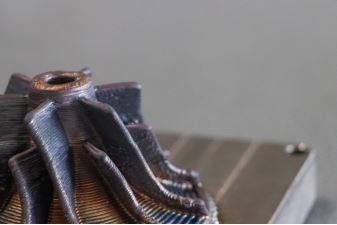7/12/23
Turbines are rotary machines that convert the energy of a fluid into mechanical energy. They are widely used in a variety of applications, from electricity generation to the propulsion of airplanes and ships. Turbines consist of several parts, including a rotor, a casing, and multiple blades or vanes.

Turbines are commonly made of metals such as steel, aluminium, and titanium due to their high strength, durability, and resistance to high temperatures and stresses. Sainless steel, in particular, is a popular choice for turbine components due to its excellent corrosion resistance and ability to withstand harsh operating conditions.
Stainless steel’s combination of corrosion resistance, mechanical strenght, and durability make it an ideal material for use turbine components, including casings, impellers, and blades.
Stainless steel turbines can be manufactured using several conventional processes, such as casting. Forging, machining, and welding. Casting is ideal for complex parts like casings and impellers, while forging is suitable for smaller and more intricate part like blades and vanes. Machining involves removing material from the workpiece using a cutting tool and can produce a wide range of parts.Welding is ideal for joining sections of casings or repairing damaged parts. Choosing a manufacturing process depends on factors like part size and complexity, required precision and surface finish, and overall production cost.
Additive manufacturing of the part via Meltio LMD process allows the optimization of the material used, while offering fast design iteration and manufacturing flexibility.